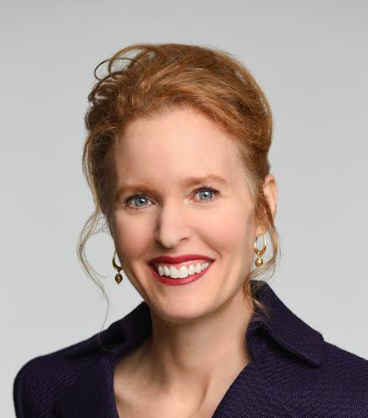
Mar-A-Lago-Climate-Central-Nickolay-Lamm
By Joyce Coffee2017 was quite a year for extreme events. Shocks and stresses from 16 events that each triggered over $1 billion in damages and took their toll on lives and livelihoods in the United States alone. And it wasn't just hurricanes, although Hurricanes Irma, Harvey and Maria played their part (with damages of $161 billion, $102 billion and $45 Billion respectively). Many other climate- and weather-related disasters hit the U.S., including hail and ice, heat and wind, and inland flooding.
Many experts predicted this was likely – and I don’t mean the climate scientists. The Global Risk Perception Report – the latest of which came out last week – has for the last five years included the failure of climate change mitigation and adaptation on its list of the five global risks in terms of impact. It bases its list on survey data from about 1,000 World Economic Forum advisors worldwide. Other risks in that set also are climate-related such as water crises, major natural disasters and extreme weather events.
Plus, the stakes are high for the real estate industry. The UNFCCC 2016 Biennial review of climate finance notes that $35 trillion in real estate assets will be at risk in 2070 if we make no changes to our current carbon emission trajectory. That figure represents about half of today’s global assets under management in any industry sector.
But how do these risks relate to the U.S.? The shocks of powerful storms can destroy many of those assets, as the devastation from this year’s climate disasters reminds us. Longer-term changes in temperature can cause other shifts. Even from where I sit in the middle of the country in Chicago, we are in the midst of a shift to a climate that will look more like New Orleans by the end of the century.
So, there are both orderly shifts and shocking disasters occurring because of our changing climate, and I think one question we want to ask is: What does that mean for our shift as investors? Will it be orderly or will it be a flight?
We can't say we haven't been warned. This analysis from Zillow shows that if we have sea level rise of six feet – predicted by the end of the century along much of the U.S. coast – we lose houses worth roughly $900 billion in value. And this applies just for coastal properties. It doesn’t include other risks such as inland flooding and fire that also loom. It also doesn’t value the PTSD, injuries, loss of life, loss of community and livelihoods that these figures suggest.
These data came to mind as I was preparing to speak at this week’s National Association of Real Estate Investment Managers Sustainability and investment Summit, whose tagline is “License to Think in Public.”
One of the most thought-provoking data I shared: U.S. counties facing the greatest risk from natural disasters have the highest and quickest rising home values. Counties with the very high risk from these disasters have seen a 55 percent appreciation in their already very costly homes in the last 5 years.
The U.S. finally received the much-anticipated Multihazard Mitigation Council’s latest cost benefit analysis, illustrating that, on average, every dollar invested in disaster mitigation pays back $6.
In the meantime, as my fellow panelist Chris Smy, Global Practice Lead at Marsh Inc., noted, the stakes are high as insurance companies, by and large, do not price their policies according to the longer-term climate risks, and developers persist in going where the money is, which is along the coast.
Yet Darob Malek-Madani with National Real Estate Investors showed that some investors are taking notice. His firm finished a study that convinced them to no longer invest in Miami. Except for the financial situation of the state and city, he said, they might even prioritize Chicago.
Jack Davis – RE Tech Advisors and a resilience leader with Urban Land Institute – reminded us that the stakes go well beyond real estate. As the New York Times reported last year, gross domestic product, especially in the Southern states, is predicted to record losses of 10-20 percent of GDP, hitting the poorest residents hardest.
I thought that when real estate investors bring equity questions to the table, we can perhaps sense a shift underway. Certainly, the investment community at large is more vocal about the risks than in the past, though silent on the equity questions. The Financial Stability Board’s Taskforce on Climate Change-related Financial Disclosure (FSB-TCFD), led by Bank of England Governor Mark Carney and Michael Bloomberg, is developing climate-related financial risk disclosure commitments for companies. The big guys, though, are not waiting for that guidance to disclose. My library is filling with articles that say what BlackRock demonstrates: Their investment stewardship features climate risk disclosure as a key priority.
While my climate resilience colleagues often ask where we can find financing for climate resilience, this group of investment managers brought a fresh spin to the money question: How can we avoid future investments in risky properties? Both questions are valuable, and it’s great to see some in the real estate industry “thinking in public” about how to make this market transformation happen.
Joyce Coffee, LEED AP, is Founder and President of Chicago-based Climate Resilience Consulting.

Joyce Coffee, LEED AP, is founder and President of Climate Resilience Consulting. She is an accomplished organizational strategist and visionary leader with over 25 years of domestic and international experience in the corporate, government and non-profit sectors implementing resilience and sustainability strategies, management systems, performance measurement, partnerships, benchmarking and reporting.














